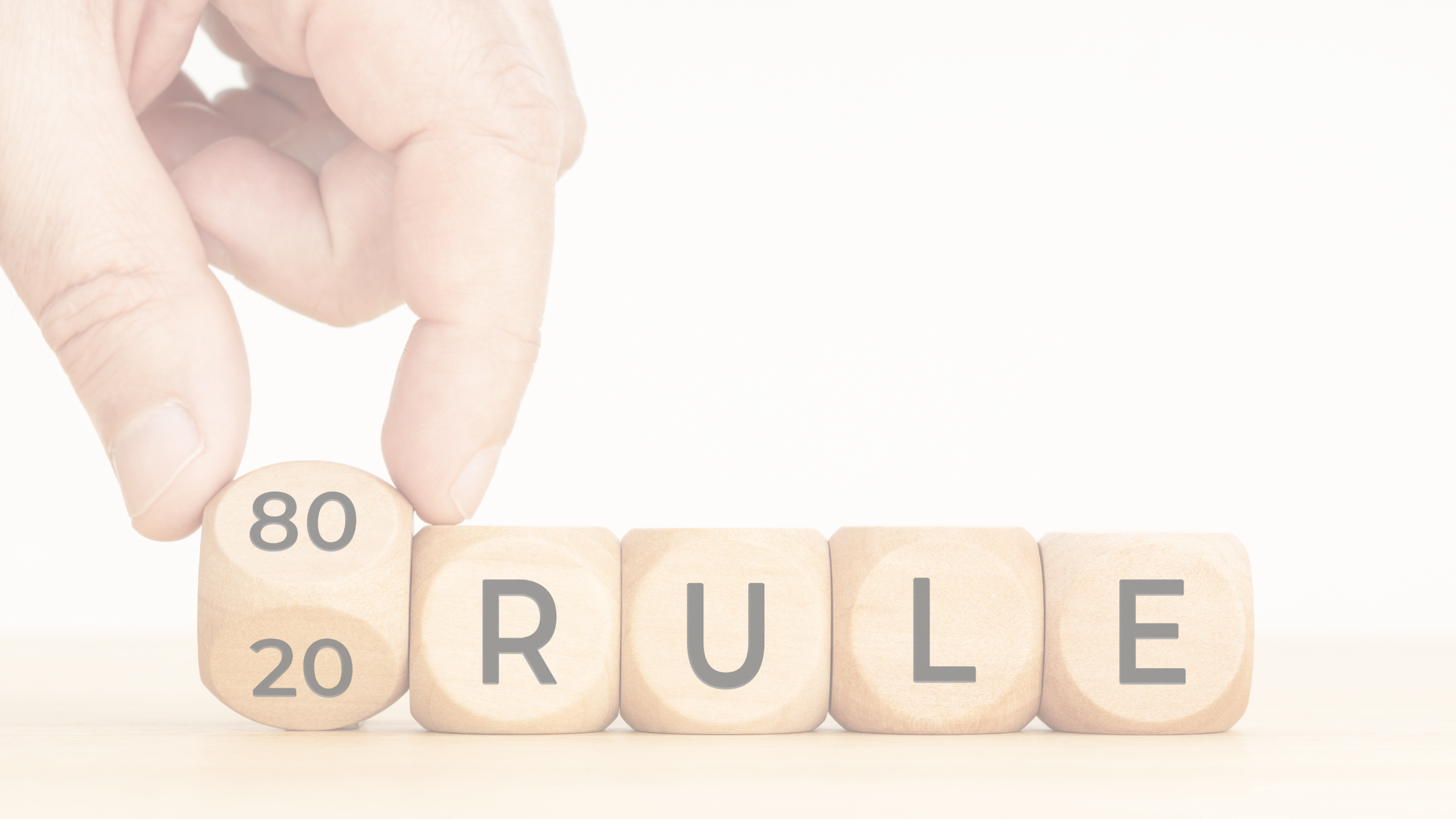Clear the Clutter: Master Your Inbox
If you're a working professional in Australia juggling deadlines, meetings, and maybe even a few school drop-offs, chances are your email inbox feels more like a digital dumping ground than a helpful productivity tool. As an office manager who's helped wrangle everything from executive schedules to IT crises, I can confidently say that the state of your inbox has a direct impact on your productivity, stress levels, and professional image.
Let me walk you through why a clean inbox isn’t just nice to have—it’s essential—and how you can achieve it, even with a hectic schedule.
Why a Clean Inbox Matters More Than You Think
1. Your Inbox Reflects Your Organisation Skills
Whether you're in sales, admin, healthcare, or any other profession, your inbox says a lot about how you operate. When it’s cluttered, it suggests disorganisation. Missed follow-ups, forgotten attachments, and unanswered emails are all too common—and costly.
From my perspective as an office manager, I’ve seen situations where people have missed deadlines, lost clients, or created unnecessary fire drills because they simply couldn’t find an email buried under 3,000 unread messages.
2. A Clean Inbox = Less Mental Load
Every time you glance at an overloaded inbox, your brain registers it as "unfinished business." That red notification bubble becomes a source of anxiety. Clearing your inbox (or at least streamlining it) lifts a surprising amount of mental weight. It gives you clarity and helps you focus on actual work—not just reacting to everything that pops in.
3. Better Responsiveness & Fewer Mistakes
When your inbox is managed, you catch things faster: approvals, last-minute changes, urgent tasks. You’re also less likely to make errors—like replying-all when you shouldn’t, or sending the wrong document. Trust me, one misdirected email can spiral into a very uncomfortable conversation.
| BEFORE - CHAOS | AFTER - ORGANISED |
 |
 |
Strategies to Keep Your Inbox Under Control
1. The “Touch Once” Rule
When you open an email, aim to deal with it straight away: reply, archive, delete, or schedule it as a task. If you don’t have time, don’t even open it yet. Re-reading the same email three times without acting on it wastes time and clutters your mental bandwidth.
2. Unsubscribe Ruthlessly
Take 10 minutes this week to scroll through your inbox and hit unsubscribe on any newsletter, retail promo, or list you never actually read. Use tools like Unroll.Me or Clean Email to bulk-manage this process.
Office life is filled with notifications and updates that seem helpful but quickly become noise. Less noise = more focus.
3. Create Smart Folders or Labels
Most email platforms (like Outlook, Gmail, Apple Mail) allow you to set up folders or labels. Use them smartly.
Some helpful ones I recommend:
-
To Action – Emails that require a task or response
-
Waiting On – Items you've delegated or are expecting a reply to
-
Reference – Emails with info you may need later
-
Clients/Projects – Break these up based on your roles
You can even use rules or filters to auto-direct emails into these folders based on sender, keywords, or subject.
4. Schedule Inbox Time
Block out specific times in your day—say, 9:30 AM and 3:30 PM—for email triage. During these windows, respond and organise. Outside of that time, turn off notifications so you’re not pulled into the email vortex every five minutes.
This habit alone can transform your day.
5. Use the 2-Minute Rule
If replying to or dealing with an email takes less than two minutes, do it immediately. It’s more efficient than flagging it for later. I’ve seen managers fall into the trap of over-managing email—spending hours organising but not actually responding.
Keep it simple.
6. Archive, Don’t Hoard
Most people keep every email in their inbox “just in case.” Trust your search function. Archive what you’ve dealt with. It’s still there if you need it, but it’s not clogging up your daily view.
7. Flag and Colour-Code Important Items
In many roles, priorities change by the hour. Flagging high-priority emails and using colour codes helps you visually distinguish what really needs your attention, especially when you’re racing between meetings.
Tools That Can Help
Australians are known for their “can-do” attitude—but that doesn’t mean doing everything manually. Here are a few tools worth trying:
-
Outlook Rules or Gmail Filters – Automate sorting incoming emails
-
Trello or Asana Email-to-Task Integration – Turn emails into actionable tasks
-
Boomerang (Gmail) or Delay Send (Outlook) – Schedule responses or get reminders if someone hasn’t replied
-
Cleanfox – Eco-friendly inbox cleaner that deletes old newsletters
Real-Life Office Example
Let me tell you about one of our sales coordinators. A talented worker—but they were drowning in emails. They would open some three or four times, trying to remember what they needed to do. Once we set them up with a "To Action" folder and the 2-Minute Rule, their follow-up time improved dramatically. Within two weeks, their inbox had gone from 2,700 unread emails to under 50. Their stress dropped. Their performance didn’t just improve—it soared.
For the Office Managers, Too…
To my fellow office managers: our role often involves juggling 20 different priorities. Set the standard. If you keep a clean, streamlined inbox, your team will be more likely to follow suit. You’ll also avoid becoming the bottleneck in workflows. Efficiency starts with us.
Plus, having an organised email system makes it far easier to onboard new hires, share knowledge, or cover when someone’s out sick.
Final Thoughts
A tidy inbox might not be as satisfying as ticking off a physical checklist or completing a project—but it’s the quiet foundation that holds everything else together.
Inbox zero might be a dream for some, but inbox clarity is achievable for everyone. Whether you’re in the corporate heart of Sydney, a medical admin in regional Victoria, or working from home in Brisbane, these strategies can work for you.
It’s not about perfection—it’s about control.
One Final Challenge:
Tomorrow morning, take just 15 minutes to apply one of the tips above. Start small. Clean out five old folders, unsubscribe from 10 newsletters, or schedule your inbox-checking times. That’s all it takes to kickstart your clean inbox journey.
You deserve more focus and less chaos. Let your inbox reflect that.

.png?width=190&name=IPA%20Logo%20Transparent%20(Hi-Res).png)



